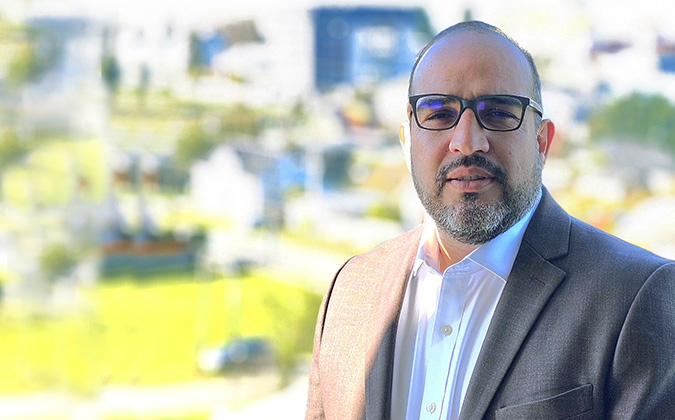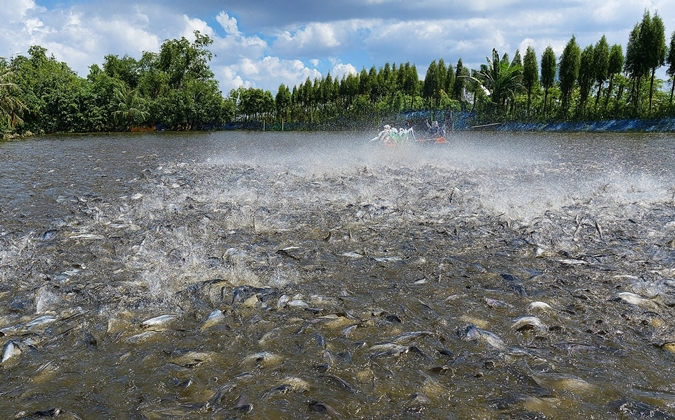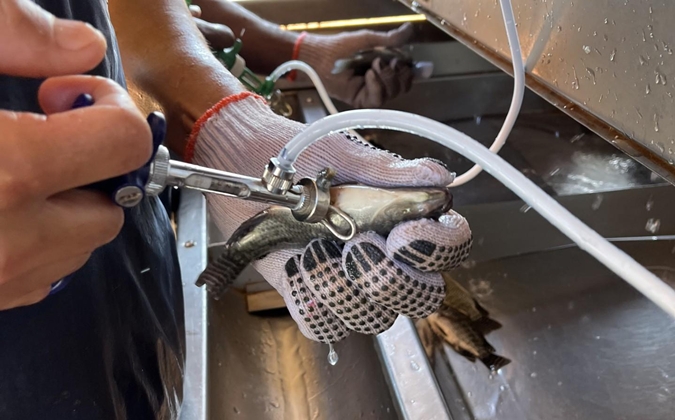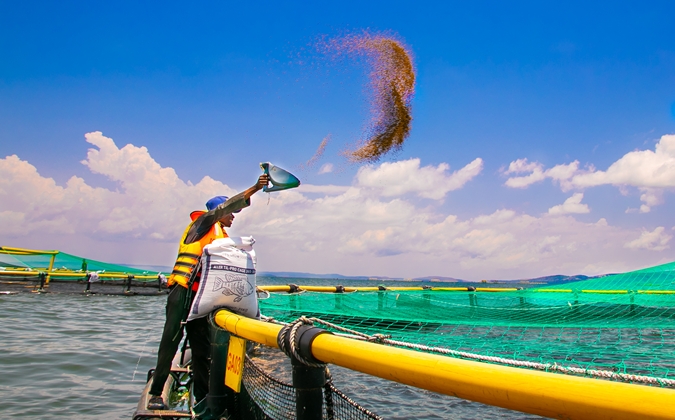
Fish Farm Forum is pleased to host this editorial page on behalf of Pharmaq.
Pharmaq
How to reduce antibiotic use in Chile, the Americas’ salmon-production giant
Cutting antibiotic use is one of the major sustainability priorities in global food production, and while aquaculture has taken steps along this road, there’s still a long way to go.
Chile is by far the largest Atlantic salmon-producing nation in the Americas, and the second largest worldwide. Here, the Pincoy Project is working to drive progress in a sector which has faced some serious disease challenges in the last 2 decades.
At the heart of efforts is collaboration between companies that are otherwise competitors — a key learning from the crisis caused by a severe outbreak of infectious salmon anemia on Chilean salmon farms which ran between 2007 and 2009, explained Rolando Ibarra, executive director of the project.
“The farms are in open water, so they share problems. Even if you have very good performance — you have the best fish in the water — if you have a neighbor with problems with infectious diseases caused by bacteria, viruses and parasites, they will eventually come to you,” he said.
“If you don’t share experiences and data, the consequence will probably be new epidemics, and this means not only sharing with other producers, but also with suppliers that have specific expertise in the industry.”
After starting out as a way of rolling out multiple interventions on test sites, the project is now focused on collecting data on antibiotic use under 80 different variables, amassing a huge database. This can be used to both highlight the factors most closely linked with antibiotic use and mortalities due to bacterial disease, as well as the practices and products associated with antibiotic reductions. The culture of sharing involves not only project partners but also researchers and regulators.
Members seeing benefits
It seems that being part of the scheme pays off. The project’s latest report shows that participating companies now use around half the antibiotics that non-Pincoy companies in Chile use, based on grams of compounds per ton of fish produced. Ibarra and his colleagues have been sharing the details of how that was achieved with the broader industry at global conferences over the last year.
“This is a huge victory for the project and is down to a combination of different things. It is not only because they put in practice the Pincoy recommendations, but they also have their own sanitary policies, based on the evidence that some practices work well and others less so,” he said.
The results gathered through the project to date suggest that temperature is an important factor for antibiotic usage, but nothing has a greater impact than the amount of time fish are in the sea. If fish have better feed conversion, this means less time in the sea phase of development, and less exposure to potentially harmful pathogens. In turn, this high performance is closely linked to fish genetics, he continued.
The results point to the idea that selective breeding focused on performance can bring better health and sustainability outcomes. But the data is also making clear that the use of functional feeds and vaccination, in particular live vaccines, make a telling difference.
Sea lice also have an indirect effect on antibiotic use; in fact, Ibarra rates this as the main priority issue for the industry to solve in the coming years. The more interventions fish are put through, such as bath treatments, the more susceptible they are to bacterial diseases due to stress.
Integrated vaccination programs
The project is a collaboration between three salmon producers, representing 25% of the Atlantic salmon production in Chile; a feed company; a genetics company; and two pharmaceutical companies, one of which is PHARMAQ. Salmonid rickettsial septicemia is the prime driver of antibiotic use in Chilean aquaculture, and the project was an instrumental part of successful trials using PHARMAQ’s ALPHA JECT LiVac® live vaccine against the disease.
“Vaccines are one of the most important factors to prevent diseases,” Ibarra noted, but stressed that the best results are seen when vaccination is combined with effective preventative measures and selection of the most robust fish.
A strong dialogue between the project organizers and partners is essential to link the latest experimental data with what is being seen in the field, he continued. This is especially important with the speed of introduction of new technologies on fish farms.
Sharing learnings
There are five working groups within the project, looking at freshwater, seawater, health, data and communication. While the groups work to bring the results of research closer to practical application, they also feed into technical advice disseminated to the industry. A notable example of this is a good practices handbook developed in 2020, which is available for use across the whole Chilean industry.
Chile remains the biggest user of antibiotics among Atlantic salmon-producing nations. Despite reduction efforts, there is still projected to be an increase of over 30% in antibiotic use across the world’s fish farms to 2030,1 with by far the biggest increases coming in Asia. There is still much to improve and many hurdles to overcome, but the blend of science, collaboration and communication seen in Chile offers a vision that global aquaculture players could seek to replicate.
1 Schar D, Klein E Y, Laxminarayan R, Gilbert M, Van Boeckel TP. Global trends in antimicrobial use in aquaculture. Sci Rep. 2020;10(1):21878.
Posted on: May 28, 2024







